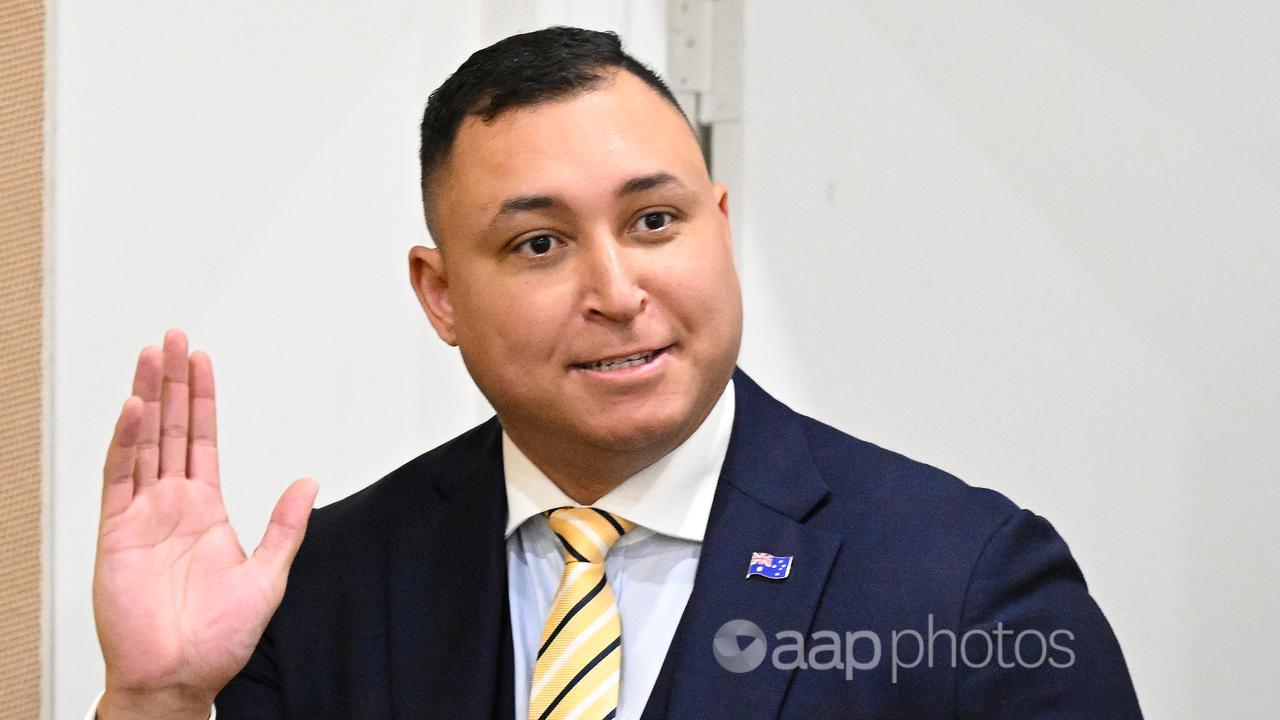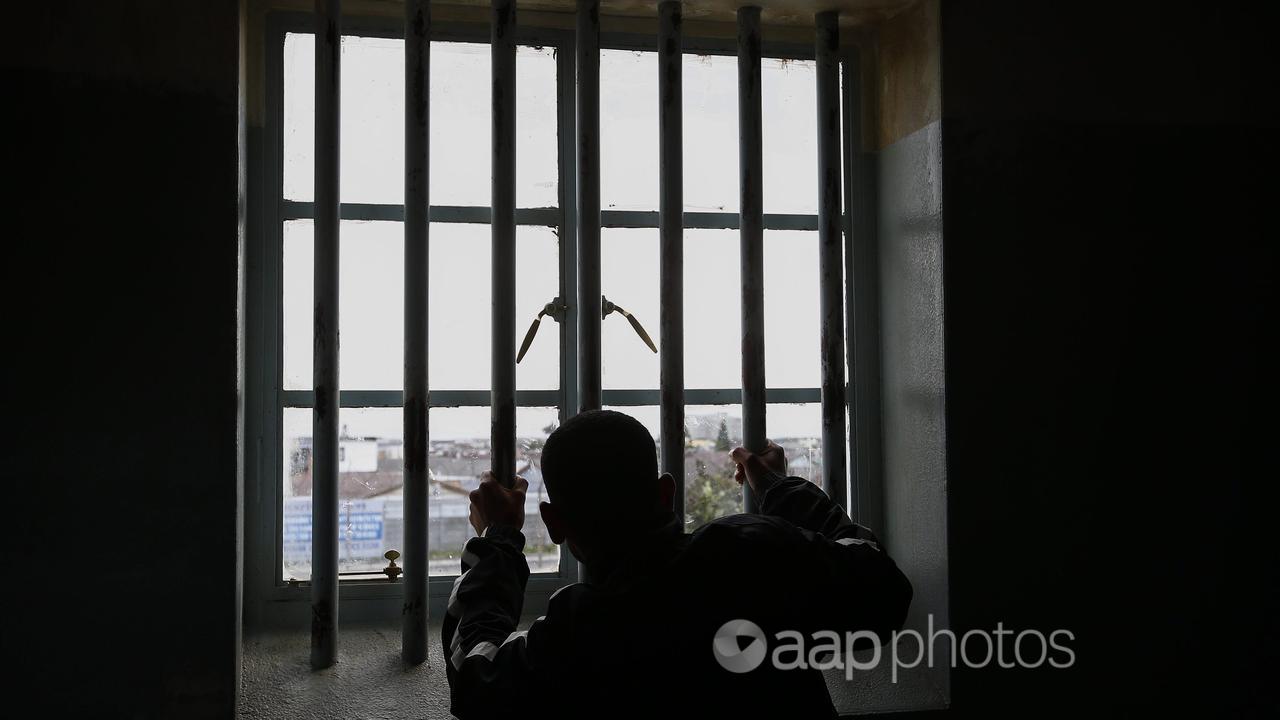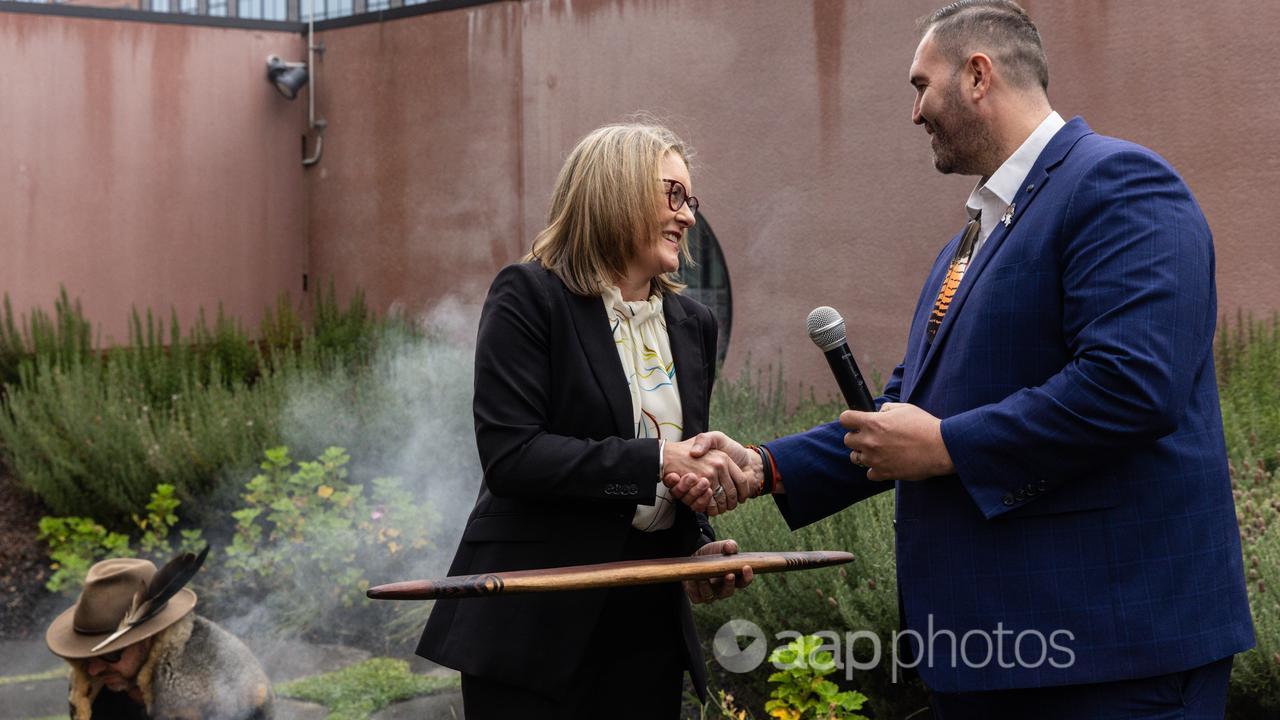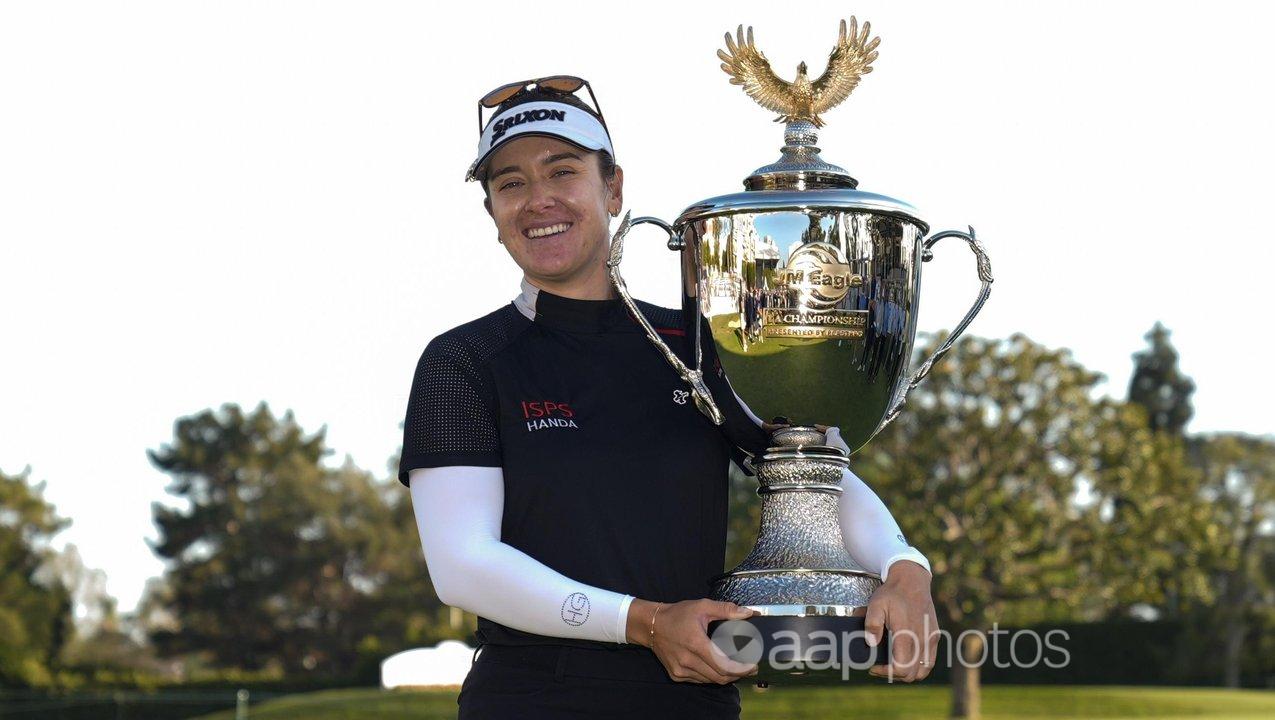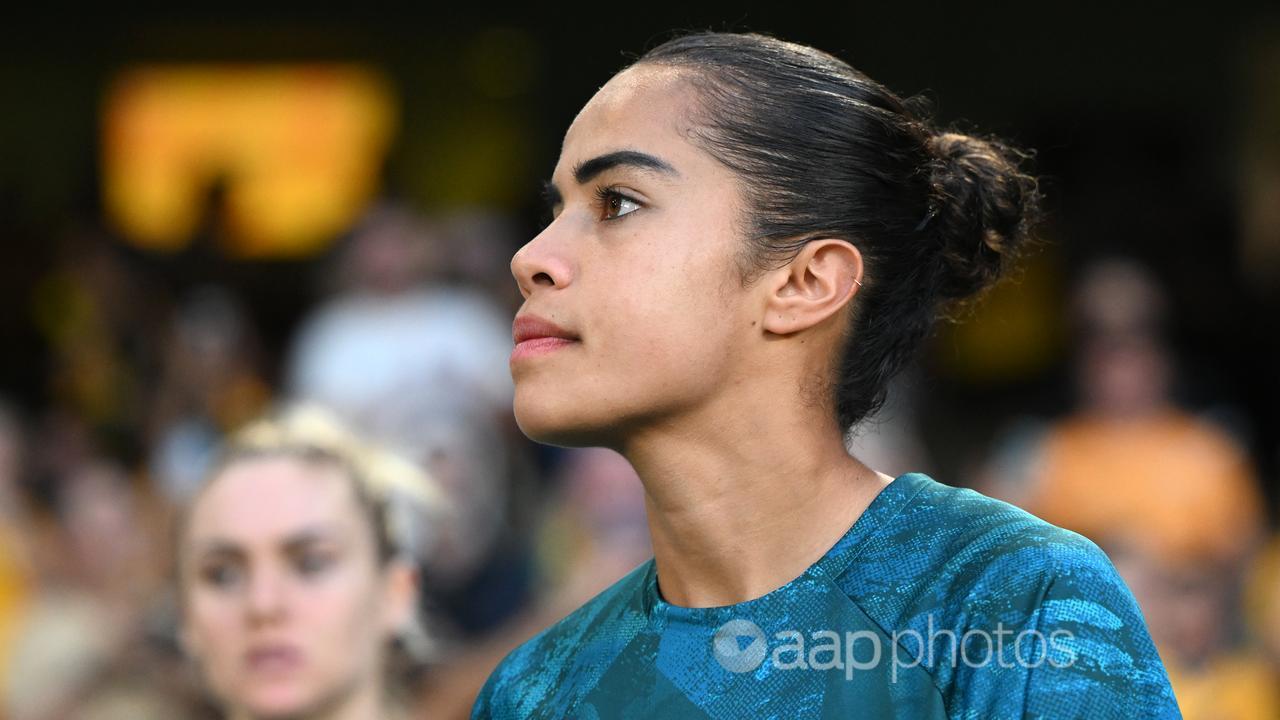Victorian crossbench senator Ralph Babet has claimed the Uluru Statement from the Heart document, which calls for a voice to parliament enshrined in the constitution, was written by only 250 Indigenous people.
But the claim is misleading because it omits important context about the Uluru Statement from the Heart consultation process.
It is true the statement was agreed upon and adopted by around 250 Indigenous people, at a special convention held near Uluru in May 2017. However, the convention followed a wider consultation process with Indigenous communities around Australia, including regional dialogue events attended by around 1200 people.
Discussions at the Uluru convention were based on the priorities raised at those regional meetings.
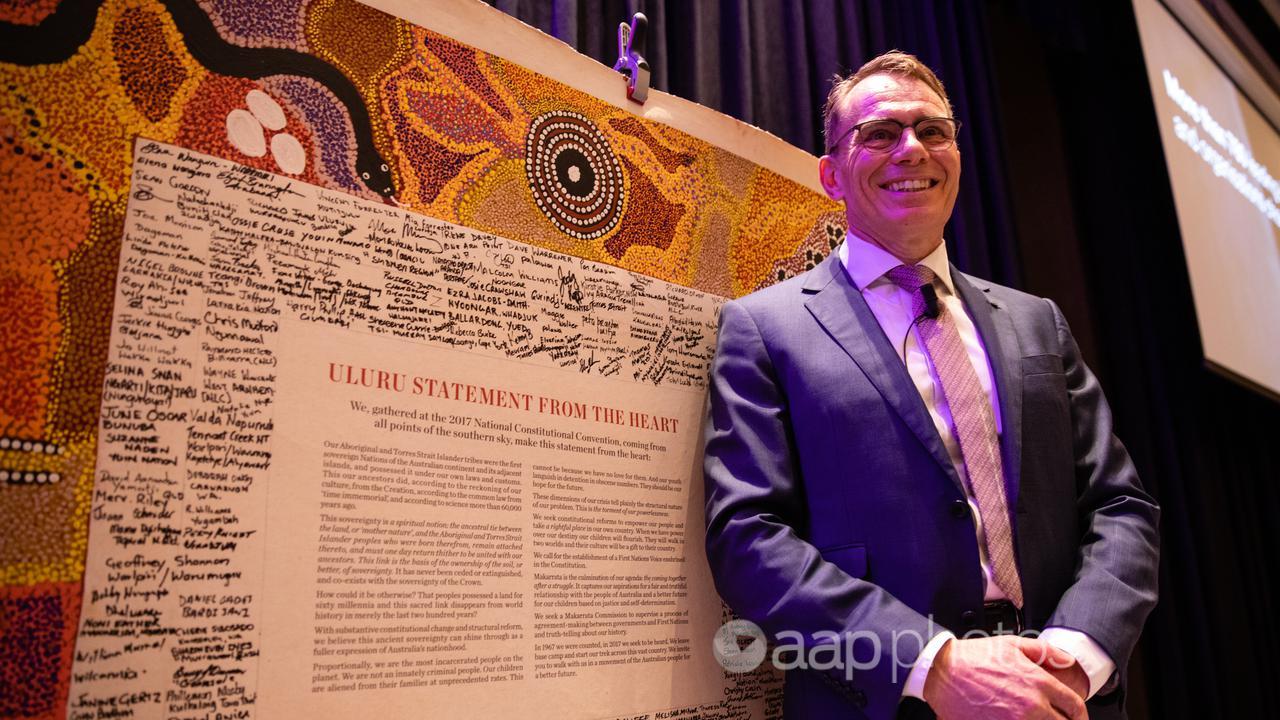
The United Australia Party senator made the claim in a video posted to his Twitter account on February 24 (archived here).
He said: “The idea for the voice, it comes from the Uluru Statement of the Heart (sic) written by only 250 Indigenous people. Now that is hardly a democratic mandate” (video mark 5min 10sec).
Senator Babet did not respond to a request for clarification of his claim.
The Uluru Statement from the Heart calls for the creation of an Indigenous voice to parliament enshrined in the Australian Constitution, and a ‘Makarrata‘ process to oversee a treaty between the government and Indigenous people.
The wording of the statement was agreed upon by a majority of around 250 delegates who attended the First Nations National Constitutional Convention held near Uluru in May 2017.
However, the Uluru delegates were invited from among around 1200 participants who attended ‘regional dialogue’ events held around the country in late 2016 and early 2017 as part of a national consultation process about how best to recognise Aboriginal and Torres Strait Islander peoples in the constitution.
The council’s final report described the regional meetings as “Aboriginal and Torres Strait Islander designed and led dialogues” that engaged “1200 Aboriginal and Torres Strait Islander delegates, out of a population of approximately 600,000 Aboriginal and Torres Strait Islander peoples” (page 109).
Sixty per cent of places at the dialogues were reserved for traditional owner groups, 20 per cent for community organisations and 20 per cent for key individuals.
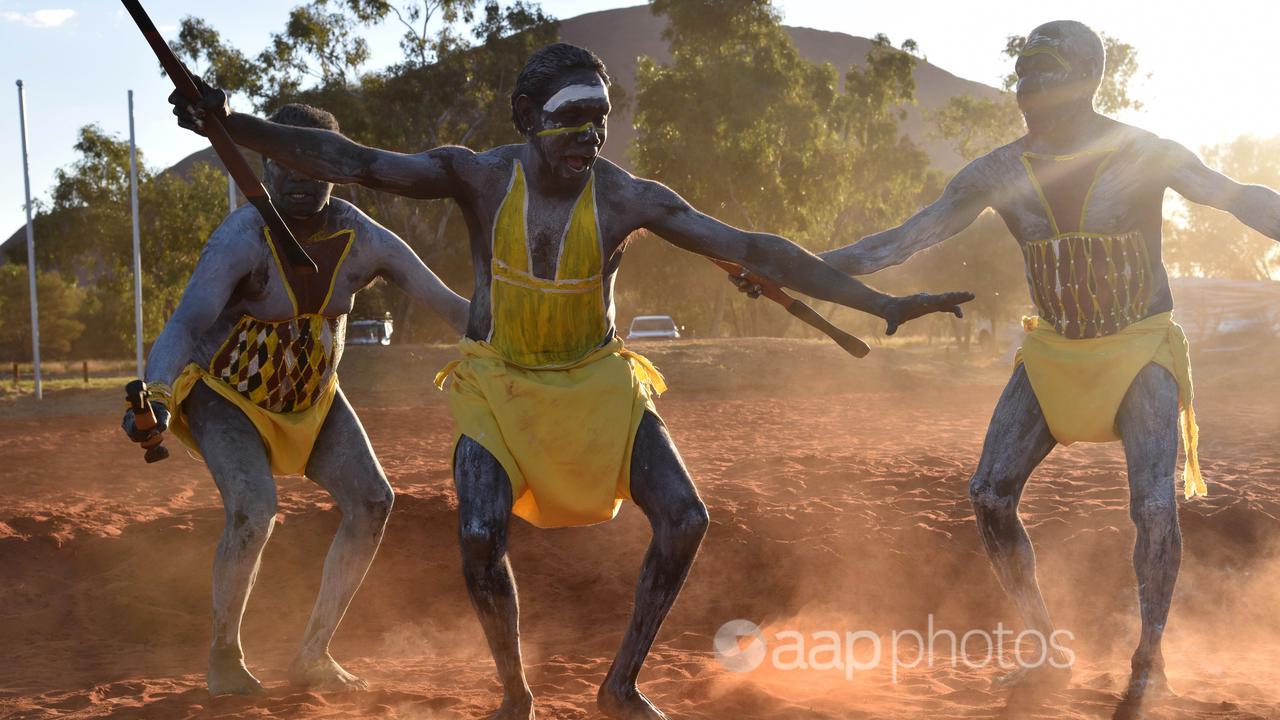
Professor Michael Dodson, a former director of ANU’s National Centre for Indigenous Studies and a moderator at three dialogue meetings, told AAP FactCheck in an email that delegates to the dialogues were freely chosen by their communities or their representative organisations.
The Referendum Council, the government-backed body tasked with overseeing the constitutional recognition process, says it worked “in partnership with a host organisation at each location, to ensure the local community was appropriately represented in the process”.
Priorities from each of those dialogue events were reported to the Uluru meeting.
Gabrielle Appleby, a UNSW law professor who served as a technical adviser to the Uluru Statement process and attended 11 of the dialogue events, told AAP FactCheck that Uluru convention delegates were there to represent priorities put forward at regional dialogue events.
“Delegates (at Uluru) were not representing themselves. They were representing what their dialogue had said,” she said in a phone interview.
Prof Appleby said talks at the convention were based on 10 guiding principles (page 22) drawn from the 13 regional dialogue events.
At the end of the second day of the convention, a small number of delegates were tasked with drafting a statement that captured the consensus of the meeting, Prof Appleby added.
The final version of the statement was put back to the convention the next day and ratified by delegates, she said.
The Referendum Council said in its final report (page 22) that the convention did not reopen the work that had been done in the dialogues but rather, “the task of the National Convention was to bring together the outcomes from the Dialogues in order to arrive at a consensus”.
Associate Professor Hannah McGlade, a law academic at Curtin University with a special interest in Indigenous rights, told AAP FactCheck that Senator Babet’s claim was not accurate.
“It doesn’t reflect the 12 dialogues and support for voice, it doesn’t reflect the significant support from Aboriginal people since,” she said in an email.
Dr McGlade said she attended the Perth regional dialogue event and found participants “were all largely supportive of the voice proposal”.
The Referendum Council also ran a broader public consultation to assess attitudes towards the creation of an Indigenous voice to parliament, with 77 per cent of respondents saying they supported providing this voice within the constitution.
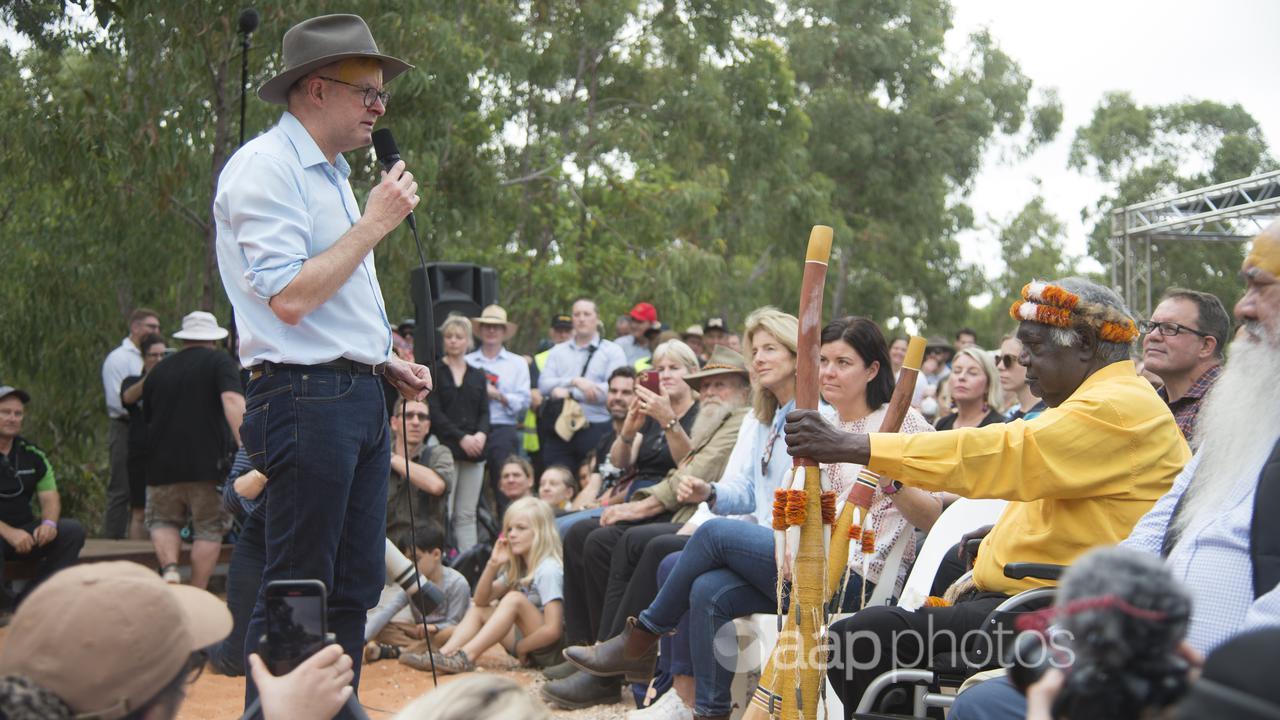
According to this 2017 parliamentary library research paper, the Uluru convention also drew upon work done by the government’s Expert Panel on Constitutional Recognition of Indigenous Australians and the Joint Select Committee on Constitutional Recognition of Aboriginal and Torres Strait Islander Peoples.
However, the process that led to the Uluru Statement has not been free from criticism.
On May 15, 2017, just over a week before the Uluru convention began, Amnesty International Australia raised concerns that the constitutional reform process had “not been fully inclusive of all Aboriginal and Torres Strait Islander community views”.
“We understand that participants at the regional dialogue meetings were invited in what was perceived as an exclusive process,” the organisation told the Referendum Council in a letter.
“We also understand that some people who attended those meetings then have an opportunity to attend the Uluru meeting, whereas those not included do not.”
A small number of delegates walked out of the Uluru convention in protest at the process, though the vast majority of attendees adopted the statement (page 2).
The Verdict
The claim the Uluru Statement from the Heart was written by only 250 Indigenous people is misleading by omission.
While the statement was agreed by 250 delegates who attended the First Nations National Constitutional Convention in May 2017, discussions at that meeting were based on priorities agreed by Indigenous communities at regional dialogue events across Australia.
The Referendum Council also ran a broader consultation process to gauge the views of Indigenous and non-Indigenous Australians.
Misleading – The claim is accurate in parts but information has also been presented incorrectly, out of context or omitted.
* AAP FactCheck is an accredited member of the International Fact-Checking Network. To keep up with our latest fact checks, follow us on Facebook, Twitter and Instagram.
All information, text and images included on the AAP Websites is for personal use only and may not be re-written, copied, re-sold or re-distributed, framed, linked, shared onto social media or otherwise used whether for compensation of any kind or not, unless you have the prior written permission of AAP. For more information, please refer to our standard terms and conditions.

